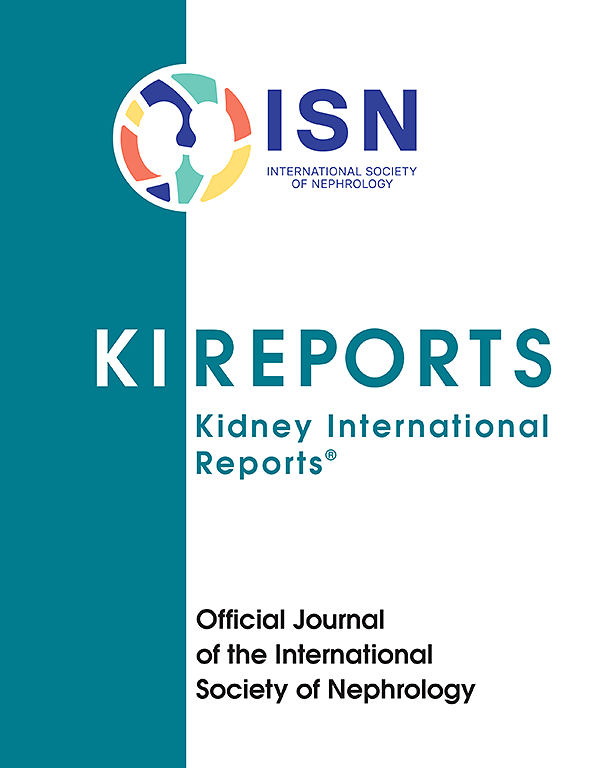Control of Mitochondrial Quality: A Promising Target for Diabetic Kidney Disease Treatment
IF 5.7
2区 医学
Q1 UROLOGY & NEPHROLOGY
引用次数: 0
Abstract
Diabetic kidney disease (DKD) is the leading cause of end-stage renal disease (ESRD), affecting over 40% of patients with diabetes. DKD progression involves fibrosis and damage to glomerular and tubulointerstitial regions, with mitochondrial dysfunction playing a critical role. Impaired mitochondria lead to reduced adenosine triphosphate (ATP) production, damaged mitochondria accumulation, and increased reactive oxygen species (ROS), contributing to renal deterioration. Maintaining mitochondrial quality control (MQC) is essential for preventing cell death, tissue injury, and kidney failure. Recent clinical trials show that enhancing MQC can alleviate DKD. However, current treatments cannot halt kidney function decline, underscoring the need for new therapeutic strategies. Mitochondrial-targeted drugs show potential; however, challenges remain because of adverse effects and unclear mechanisms. Future research should aim to comprehensively explore therapeutic potential of MQC in DKD. This review highlights the significance of MQC in DKD treatment, emphasizing the need to maintain mitochondrial quality for developing new therapies.
求助全文
约1分钟内获得全文
求助全文
来源期刊

Kidney International Reports
Medicine-Nephrology
CiteScore
7.70
自引率
3.30%
发文量
1578
审稿时长
8 weeks
期刊介绍:
Kidney International Reports, an official journal of the International Society of Nephrology, is a peer-reviewed, open access journal devoted to the publication of leading research and developments related to kidney disease. With the primary aim of contributing to improved care of patients with kidney disease, the journal will publish original clinical and select translational articles and educational content related to the pathogenesis, evaluation and management of acute and chronic kidney disease, end stage renal disease (including transplantation), acid-base, fluid and electrolyte disturbances and hypertension. Of particular interest are submissions related to clinical trials, epidemiology, systematic reviews (including meta-analyses) and outcomes research. The journal will also provide a platform for wider dissemination of national and regional guidelines as well as consensus meeting reports.
 求助内容:
求助内容: 应助结果提醒方式:
应助结果提醒方式:


